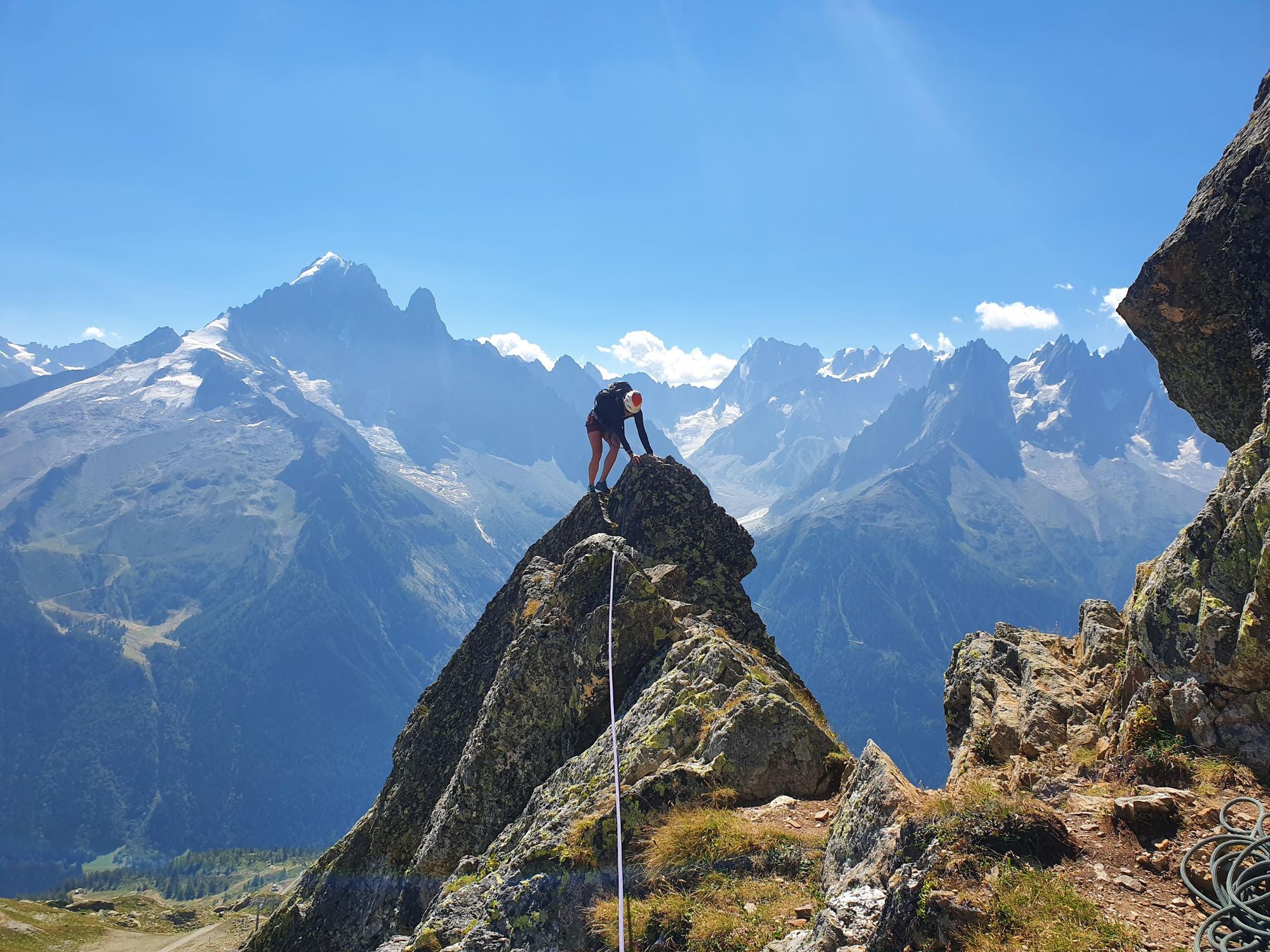Preparing for mountain ascent demands systematic physical and mental preparation. These five key steps ensure peak fitness and readiness:
Cardiovascular Endurance Building
Develop sustained aerobic capacity crucial for high-altitude exertion. Focus on low-intensity, long-duration activities:

- Hiking: Gradually increase distance and elevation gain while wearing a loaded pack (simulate ascent weight).
- Running/Cycling: Build base fitness; incorporate interval training once base is established.
- Stair Climbing/Step Mill: Directly mimic climbing motion; train with weight vest or backpack.
Targeted Strength & Conditioning
Strengthen muscles essential for climbing and carrying loads over uneven terrain:
- Leg Strength: Squats, lunges, step-ups, calf raises.
- Core Stability: Planks, dead bugs, Russian twists for balance and pack support.
- Back & Shoulders: Rows, overhead presses, pull-ups to manage backpack weight.
- Balance & Stability: Single-leg exercises and uneven surface training.
Nutrition & Hydration Strategy
Optimize fuel intake before and during the ascent:
- Caloric Density: Prioritize high-energy, easily digestible foods (nuts, dried fruits, energy bars, complex carbs).
- Hydration Discipline: Drink consistently before feeling thirsty; water intake needs increase significantly at altitude. Monitor urine color.
- Electrolyte Management: Use electrolyte supplements to prevent cramping and maintain nerve function during prolonged sweating.
Technical Skills & Gear Familiarity
Proficiency prevents accidents and conserves energy:
- Practice with Gear: Train extensively with your actual boots, backpack, harness, poles, and clothing systems on similar terrain.
- Learn Essential Techniques: Master efficient foot placement (rest step), pole usage for balance, safe scrambling, self-arrest (if on snow/ice), and basic navigation (map & compass/GPS).
- Emergency Protocols: Rehearse using first aid kit, emergency shelter, and communication devices.
Acclimatization & Ascent Planning
Mitigate altitude sickness risk and optimize performance:
- Gradual Ascent Profile: Plan itinerary with staged altitude gain ("climb high, sleep low"). Avoid rapid ascents to significant heights.
- Recognize Symptoms: Learn early signs of AMS (headache, nausea, dizziness) and understand HACE/HAPE progression.
- Flexible Timeline: Build rest days and buffer days into your schedule to accommodate weather or needed acclimatization.
- Pre-Ascent Sleep: Ensure adequate quality sleep in the days leading up to the climb.










